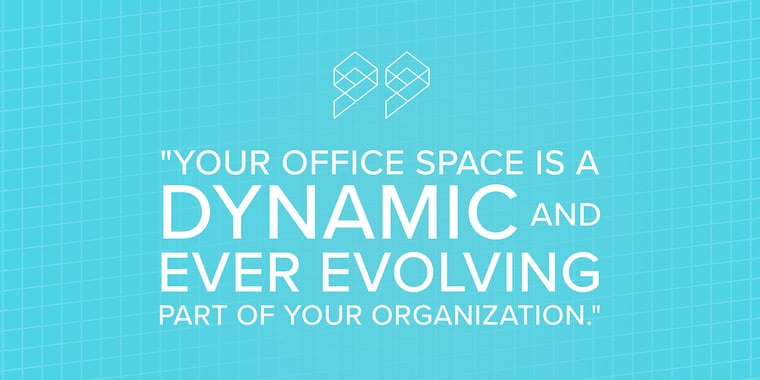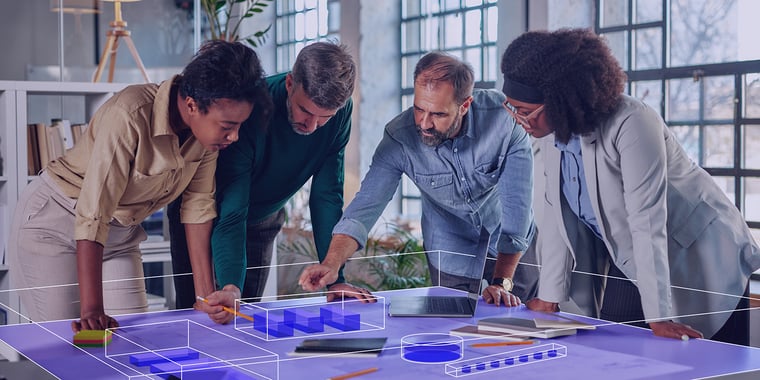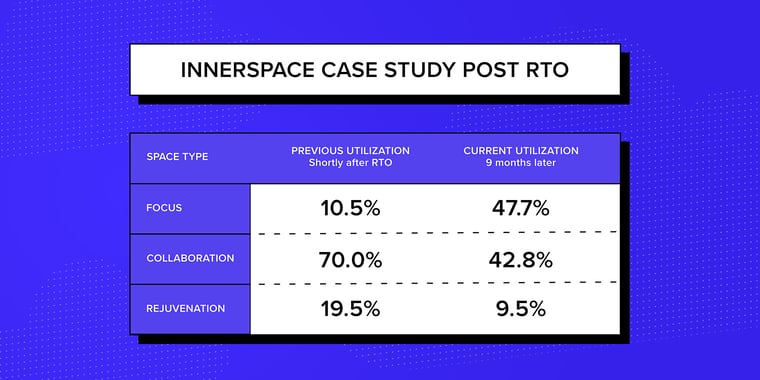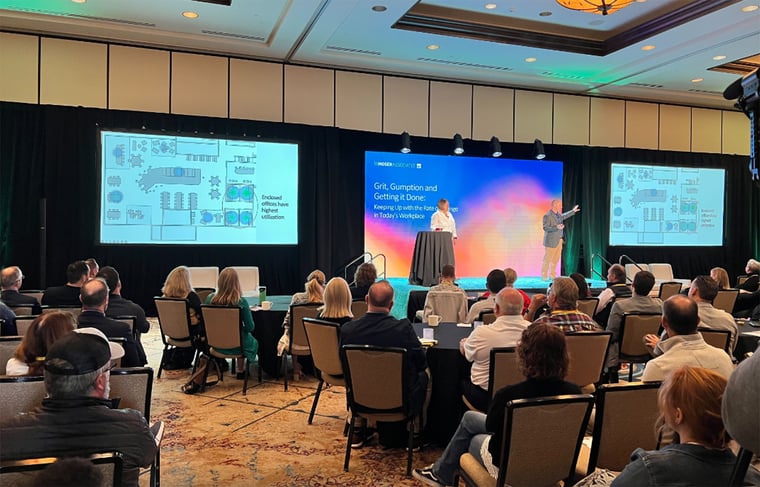The Future is Focused
A recap of Workspaces 2023 with James Wu, CEO and Founder, InnerSpace

Workspaces 2023 will go down as one of the best run industry events I’ve attended. It was a well-focused event with a great mix of informative sessions as well as dedicated time for business-focused networking, and social opportunities in the evenings. Often at conferences like this, industry vendors and conference participants have limited time to connect between sessions, and the networking is loaded into the evenings. At Workspaces, all of the client and vendor meetings were held during the day which meant the evenings actually felt relaxing and allowed us to connect in a genuine way. The agenda also felt very intentional, and I sincerely appreciated that.
Conference takeaways:
Because I was able to spend so much time talking one-on-one with people in our industry, I was able to gain a lot of insights that connected closely with the work we do at InnerSpace. It was validating to hear repeated feedback that our solution provides a real differentiation and value in this space.
The value in experimentation.
Those who are willing to be flexible with RTO, and truly rethink the role of the workplace today, will be rewarded with teams who want to be in the office, and who will spend their time there more productively. Figuring that out depends on rapid experimentation and iteration.

This means going outside of preconceived notions of what an office must be and taking the time to understand what it should be in the context of today’s employees expectations. This requires understanding that your office layout might be better tailored to certain teams’ workstyles while negatively impacting the productivity of others. Beyond that, it is important to understand that you must be open to recognizing your office space as a dynamic and ever evolving part of your organization. The office needs to be seen as an evolution and it may be required to change over time in order to optimally support the needs of your workforce.
 The office: a place to focus.
The office: a place to focus.
One of my core takeaways from Workspaces was the shifting relationship employees have with the office. Early on in RTO mandates, there was the expectation that the office would serve as a space for interactive collaboration and social interaction. This aligned well with a long standing office design trend - the open concept office. Open concept offices have been the standard in many industries for a while; they save on square footage and are naturally supportive of collaborative work.
As the global RTO has progressed and hybrid work has become increasingly business as usual. We now see that the data is pointing to a shift in why people are coming into the office. Jen Sisak from M. Moser Associates, and Patrick Hoffman from Syneos Health, identified this in their keynote, and it aligns with what we’re seeing in our customer data. There is a demonstrable demand for enclosed, quiet spaces in the office that support the heads down focus work previously assumed to be well suited to the home office.
The table below is data gathered from a large InnerSpace client over time; the ‘Previous Utilization’ column was a few months into their RTO mandate; you can see how highly prioritized collaboration spaces were at that time when people hadn’t been together for a while. Nine months later, the ‘Current Utilization’ column tells a very different story. People are still coming to the office to collaborate, but they’re also coming to the office to do focused work more than ever.

If you think about it, it makes sense. There are endless distractions at home; the cat, the laundry, maybe a child or two. It can be hard to focus in those conditions, and the office has the potential to fill that role much more efficiently, if designed properly.
The pandemic also forced us to merge our work and home lives. As we move beyond that time, this shift may also speak to a desire for many workers to delineate them again, at least a few days a week.
This shift may eventually result in a rollback of the open concept office design trend that has been decades in the making. It certainly demands a rethink of many of the things we thought we knew about best uses for the office and makes a strong case for understanding how employees are using the office on an ongoing basis. A snapshot is helpful, but ongoing monitoring with always-on space utilization data will help the best leaders stay ahead of the shifts and ensure the investment in their office space pays off.
 Want to know more about how InnerSpace can help you understand your office and maximize your ROI? Learn more about our space utilization data solution here.
Want to know more about how InnerSpace can help you understand your office and maximize your ROI? Learn more about our space utilization data solution here.

"With InnerSpace we can easily understand the economics of every square foot within our business and make better decisions on how to utilize our space. The opportunity for growth is massive and they’ve cracked the code."
— Steelecase Innovation
Accurate space utilization data through Wi-Fi?
We'll prove it to you.
See why industry leaders leverage InnerSpace to generate valuable insights that go beyond occupancy.

